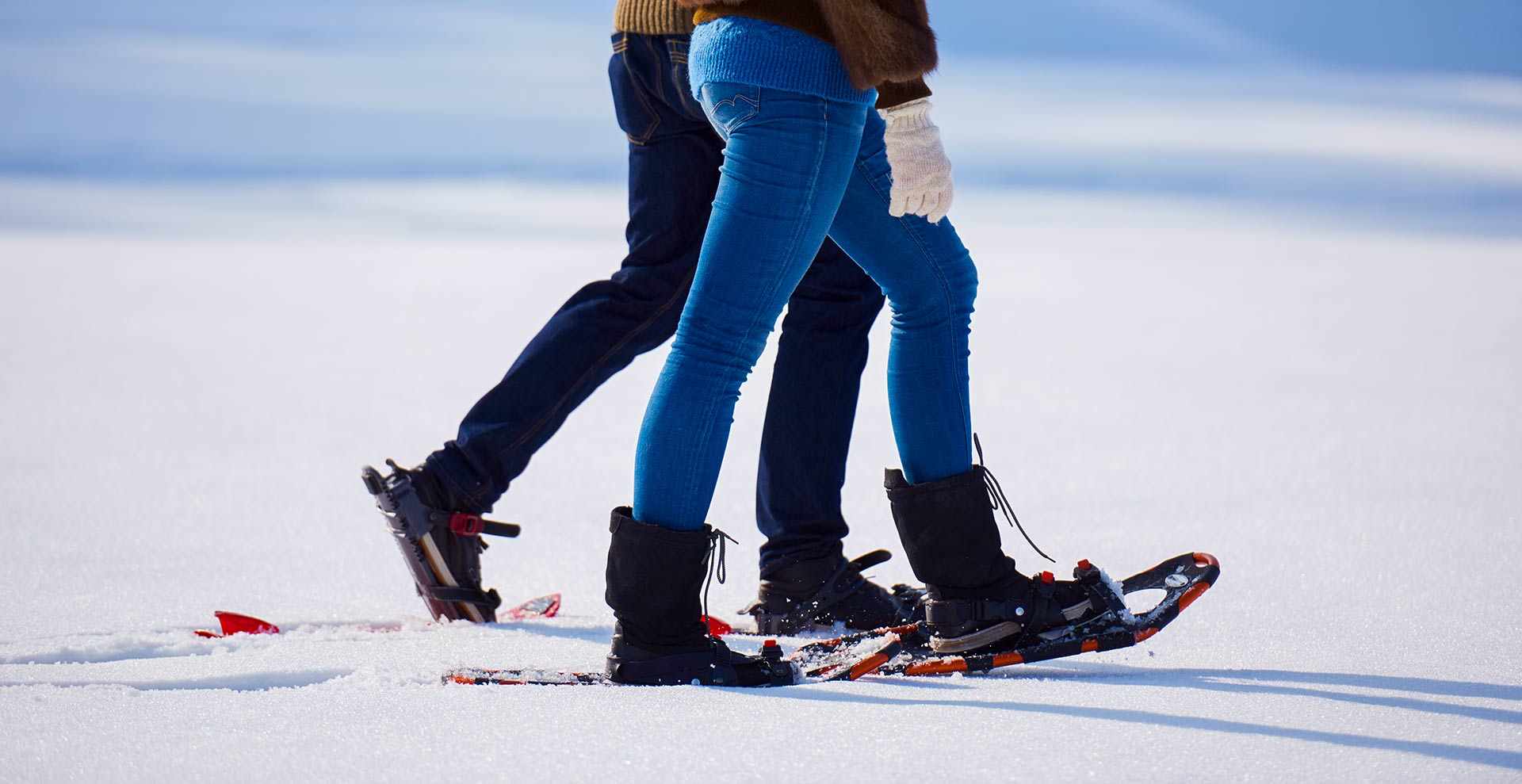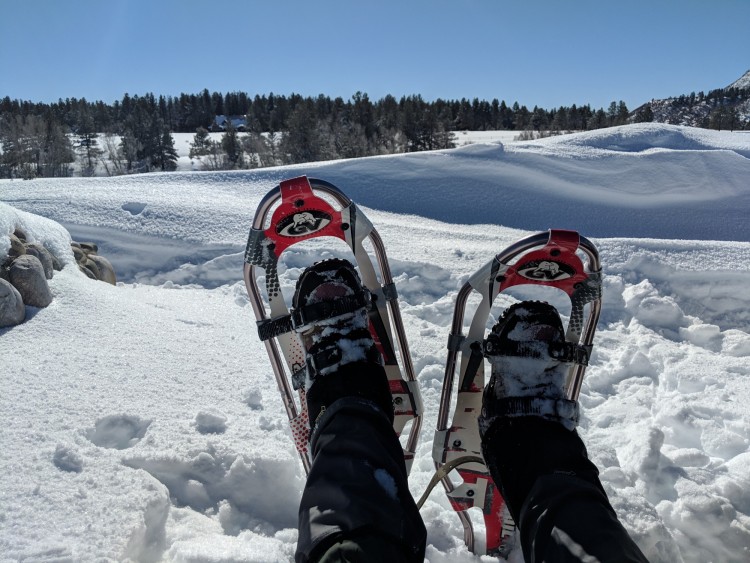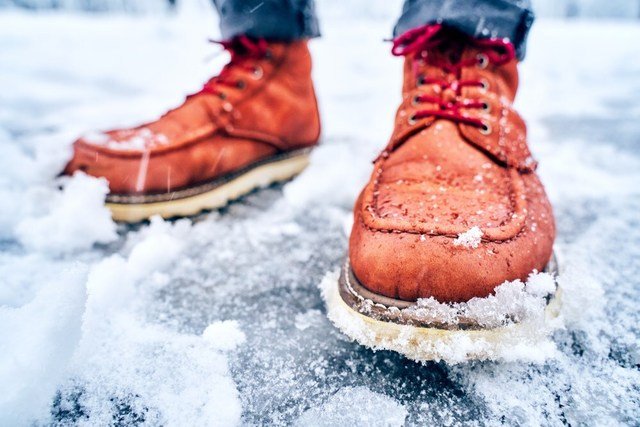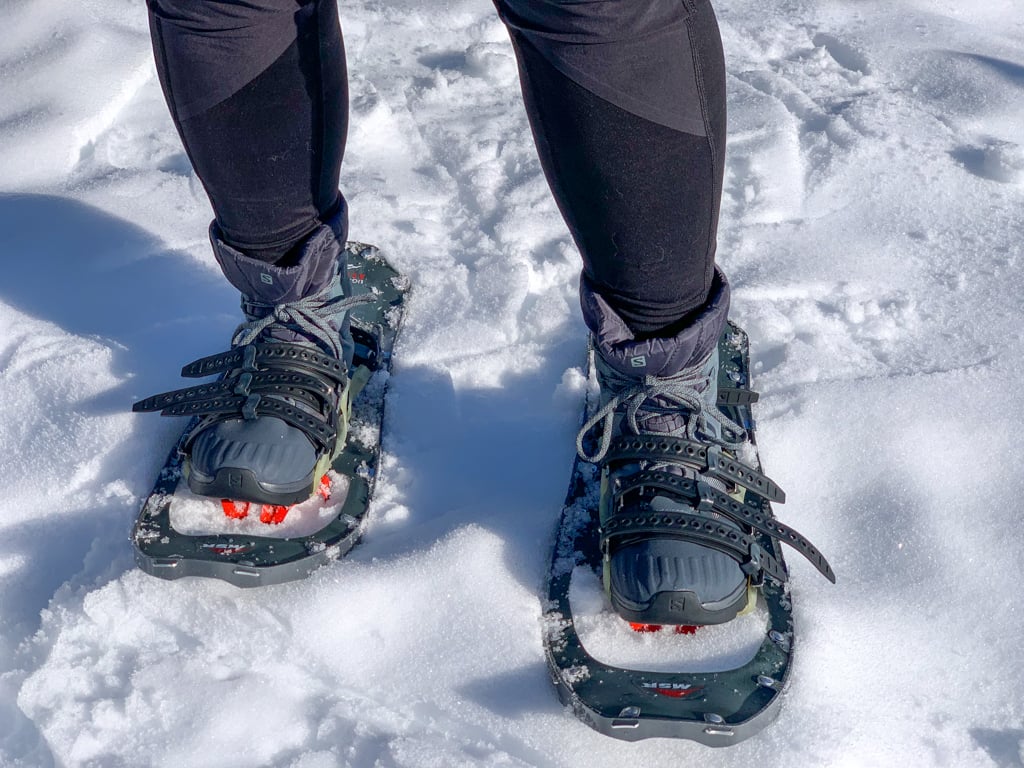Understanding the Challenges of Walking in Snow
Walking in snowy conditions presents unique challenges that can impact safety and comfort. Slippery surfaces increase the risk of falls, while cold temperatures may lead to discomfort or even frostbite. Additionally, potential ankle instability caused by deep snow or uneven terrain can result in injuries. Selecting appropriate footwear is crucial to overcome these challenges and ensure a secure and enjoyable winter walking experience.
Key Features to Look for in Snow-Friendly Footwear
When considering what shoes to wear in the snow, focusing on specific features can significantly enhance your winter walking experience. Waterproof materials, insulation, traction, and support are essential elements to ensure safety, comfort, and performance in snowy conditions.
- Waterproof materials: Select footwear constructed with waterproof materials, such as Gore-Tex or rubber, to prevent snow from seeping into the shoes and causing discomfort. Waterproof shoes maintain dryness, keeping your feet warm and protected from the elements.
- Insulation: Adequate insulation is crucial for maintaining warmth in cold temperatures. Look for shoes with insulation ratings suitable for your local climate, ensuring your feet stay cozy even in sub-zero conditions.
- Traction: Slippery surfaces require footwear with reliable traction to prevent falls and injuries. Opt for shoes with deep, aggressive lugs or removable ice grips to improve grip on icy terrain.
- Support: Proper ankle support is vital for navigating uneven or deep snow. Choose shoes with sturdy ankle collars and reinforced uppers to provide stability and prevent potential ankle injuries.
By focusing on these key features, you can find the perfect snow-friendly footwear to meet your needs and preferences, ensuring a safe, comfortable, and enjoyable winter walking experience.
Popular Shoe Options for Winter Walking and Snow Activities
When it comes to selecting the ideal footwear for snowy conditions, various models cater to diverse needs and preferences. Here are a few popular options to consider:
Columbia Heavenly Omni-Heat™
The Columbia Heavenly Omni-Heat™ is a lightweight and insulated shoe, perfect for winter walking and light snow activities. Its waterproof construction, combined with Omni-Heat™ reflective lining, ensures warmth and dryness. Additionally, the shoe’s advanced traction system provides stability on slippery surfaces.
The North Face Chilkat III
The North Face Chilkat III is a durable and comfortable snow boot, suitable for extended periods of snowy weather. Its waterproof leather upper, coupled with a heat-reflective inner lining, offers excellent insulation and warmth. The boot also features a supportive shank and a grippy outsole, ensuring stability and traction on icy terrain.
Salomon X Ultra 3 GTX
The Salomon X Ultra 3 GTX is a versatile hiking boot, ideal for winter hiking and snowshoeing. Its Gore-Tex membrane provides waterproof protection, while the insulated lining ensures warmth. The boot’s aggressive tread pattern and Contragrip™ outsole offer superior traction and stability on various snowy and icy surfaces.
By exploring these popular shoe options, you can find the perfect footwear to meet your needs and preferences, ensuring a safe, comfortable, and enjoyable winter walking or snow activity experience.
How to Effectively Layer Socks for Winter Walking
Layering socks is a crucial aspect of staying warm and dry during winter walking. By employing the right techniques, you can effectively manage moisture and maintain optimal foot comfort. Here are some tips to help you layer socks for winter walking:
- Moisture management: Prioritize moisture-wicking materials for your base layer, such as synthetic or wool socks. These materials draw perspiration away from your skin, keeping your feet dry and warm.
- Insulation: After the base layer, add a thicker sock made of wool or a synthetic blend for insulation. This second layer should provide additional warmth without compromising circulation or causing discomfort.
- Material selection: Opt for high-quality materials that offer both warmth and durability. Merino wool, for example, is an excellent choice due to its natural moisture-wicking and insulating properties. Synthetic blends can also provide excellent performance and are often more budget-friendly.
- Avoiding common mistakes: Refrain from wearing cotton socks as they retain moisture and can lead to cold feet. Also, ensure that your socks fit properly to prevent bunching or sliding, which may cause blisters and discomfort.
By mastering the art of layering socks, you can enhance your winter walking experience and ensure that your feet remain warm, dry, and comfortable throughout your snowy adventures.
Maintaining and Caring for Your Snow Shoes
Proper maintenance and care are essential to ensuring the longevity and performance of your snow shoes. By following these guidelines, you can keep your footwear in optimal condition for winter activities:
- Cleaning: After each use, remove dirt, salt, and debris from your snow shoes using a soft brush or cloth. Avoid using harsh chemicals, as they may damage the waterproofing materials.
- Drying: Proper drying is crucial to maintaining waterproofing and preventing damage. After cleaning, stuff your shoes with newspaper or a towel to absorb excess moisture. Allow them to dry naturally at room temperature, away from direct heat sources.
- Storing: Store your snow shoes in a cool, dry place, away from direct sunlight. Use a breathable shoe bag or storage container to protect them from dust and damage.
- Waterproofing treatments: Regularly applying a waterproofing spray or treatment can help extend the life of your shoes and maintain their waterproofing capabilities. Follow the manufacturer’s instructions for best results.
By investing time in maintaining and caring for your snow shoes, you can ensure their performance and durability, making your winter walking and snow activities more enjoyable and hassle-free.
When and Why to Consider Snow-Specific Footwear
Selecting the appropriate footwear for specific winter activities and conditions is crucial for ensuring safety, comfort, and enjoyment. Snow-specific footwear is particularly beneficial in the following scenarios:
- Extended periods of snowy weather: When snowfall is consistent and accumulation is significant, specialized footwear becomes essential. Snow-specific shoes provide better insulation, traction, and waterproofing than regular footwear, making them ideal for prolonged exposure to snowy conditions.
- Winter hiking: Hiking in snowy conditions demands specialized footwear to navigate uneven terrain and maintain stability. Snow-specific hiking boots often feature aggressive tread patterns, robust ankle support, and waterproof materials, ensuring a secure and comfortable hiking experience.
- Participating in snow sports: Snow sports such as skiing, snowboarding, or snowshoeing require footwear specifically designed for those activities. These shoes often include features like integrated bindings, crampons, or cleats, enhancing performance and safety during snow sports.
By considering the unique challenges of various winter activities and conditions, you can make informed decisions about when and why to invest in snow-specific footwear. The right gear will not only improve your performance but also increase your enjoyment and safety during winter months.
Balancing Style and Functionality in Winter Footwear
Finding snow shoes that combine style and functionality can be a challenge, but investing in high-quality footwear that serves multiple purposes is both practical and beneficial. Here are some suggestions for striking the right balance:
- Select versatile footwear: Opt for shoes that can be worn in various settings, from casual city strolls to winter hikes. Versatile footwear often features a sleek design and prioritizes functionality, ensuring you stay warm, dry, and stable in snowy conditions.
- Invest in waterproof materials: Waterproof shoes are essential for snowy conditions, keeping your feet dry and warm. Look for shoes made with materials like Gore-Tex, which offer excellent waterproofing and breathability.
- Choose neutral colors: Neutral colors like black, gray, or navy can complement a variety of outfits, making your snow shoes more versatile. These colors also hide dirt and stains better than lighter shades, keeping your shoes looking clean and stylish.
- Prioritize comfort and support: Comfort and support should never be compromised for style. Ensure your snow shoes have adequate insulation, traction, and ankle support to keep you safe and comfortable during winter activities.
By focusing on versatile footwear, waterproof materials, neutral colors, and comfort, you can find snow shoes that balance style and functionality, allowing you to enjoy winter activities in both comfort and fashion.
Staying Active and Comfortable During Winter Months: A Recap
Navigating snowy terrain requires careful consideration of footwear to ensure safety, comfort, and enjoyment during winter activities. By understanding the challenges of walking in snow and focusing on essential features, you can make informed decisions when selecting the best shoes for snowy conditions.
- Address the challenges: Be aware of slippery surfaces, cold temperatures, and potential ankle instability when traversing snowy terrain. Selecting appropriate footwear is crucial for overcoming these challenges and staying comfortable in the snow.
- Prioritize key features: Look for waterproof materials, insulation, traction, and support when purchasing shoes for snow. These features will contribute significantly to overall performance in snowy conditions, keeping your feet warm, dry, and stable.
- Explore popular options: Consider models such as the Columbia Heavenly Omni-Heat™, The North Face Chilkat III, and Salomon X Ultra 3 GTX for diverse needs and preferences. These popular shoe options cater to various winter activities and conditions.
- Layer socks effectively: Emphasize moisture management and warmth by using a thin moisture-wicking sock as a base layer, followed by a thicker wool or synthetic sock for insulation. Select the right sock materials and avoid common mistakes to ensure optimal foot comfort.
- Maintain and care for your snow shoes: Regularly clean, dry, and store your snow shoes to prevent damage and maintain waterproofing. Utilize protective sprays or treatments to extend the life of the shoes and ensure their performance in snowy conditions.
- Consider snow-specific footwear: When facing extended periods of snowy weather, winter hiking, or participating in snow sports, invest in snow-specific footwear tailored to the specific activity or condition. This will ensure safety and enjoyment during winter activities.
- Balance style and functionality: Seek high-quality footwear that combines style and performance, allowing you to wear your snow shoes in various settings and for multiple activities.
By following these guidelines, you can enhance your winter experience, stay active and comfortable, and make the most of the snowy season. Invest in appropriate footwear and adopt best practices for layering socks and maintaining shoes to significantly improve your overall experience during winter months.







